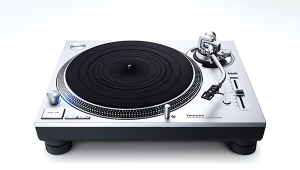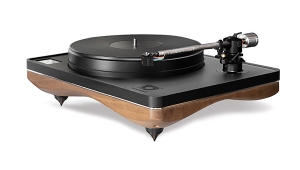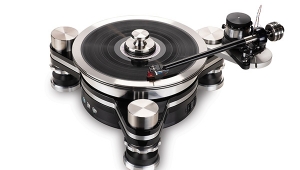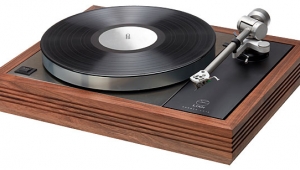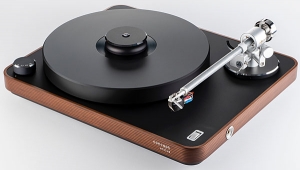| Columns Retired Columns & Blogs |
Page three mentions the use of the album “San Francisco Opera Gala” (London OSA 1441) as providing an example of microphone placement in the city's War Memorial Opera House. In fact, nothing in the album was recorded there; all tracks come from existing recordings in the Decca/London library that were recorded at various European locations and times from the mid-1950s to early 1970s. The disc labels and box identify only the vocal soloists, but the recordings themselves are easily recognized by opera collectors familiar with the original albums from which they were drawn. I've had the SF Opera Gala album since its release and its origins were well-known at the time. I'm also a San Francisco Bay Area resident familiar with the SF Opera and its operations and know first hand that no such recordings were made in the Opera House. The connection of the recordings to the SF Opera are only that the artists included appeared at one time or another in productions there.


